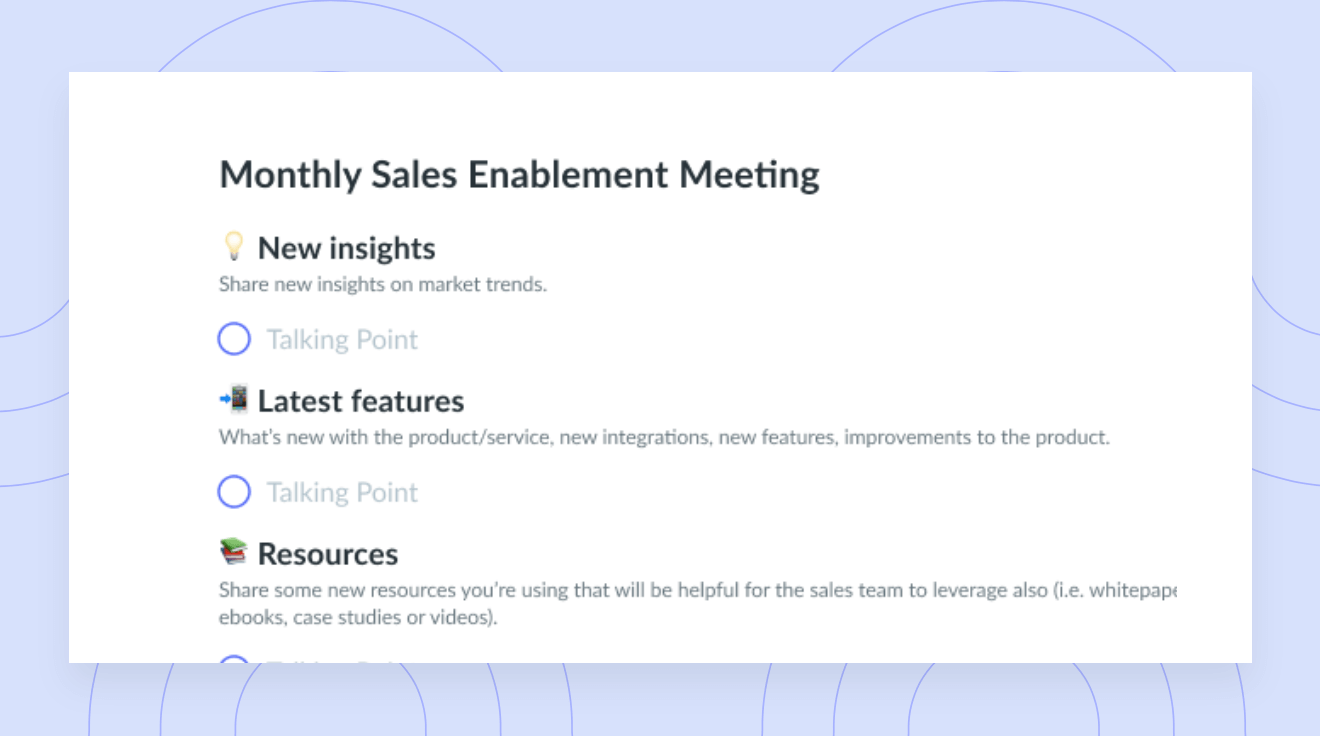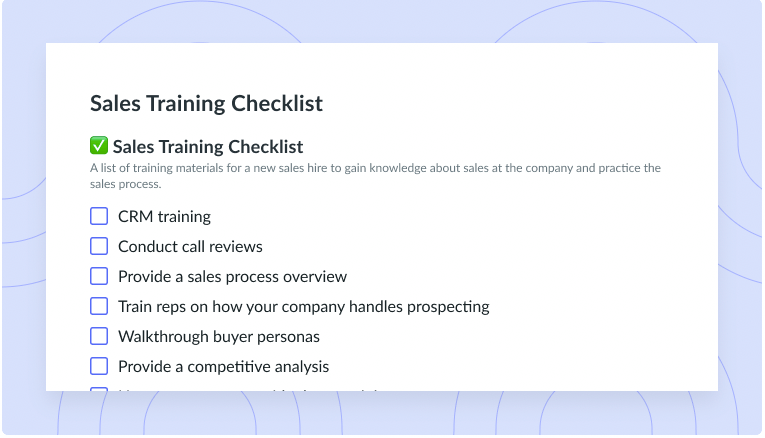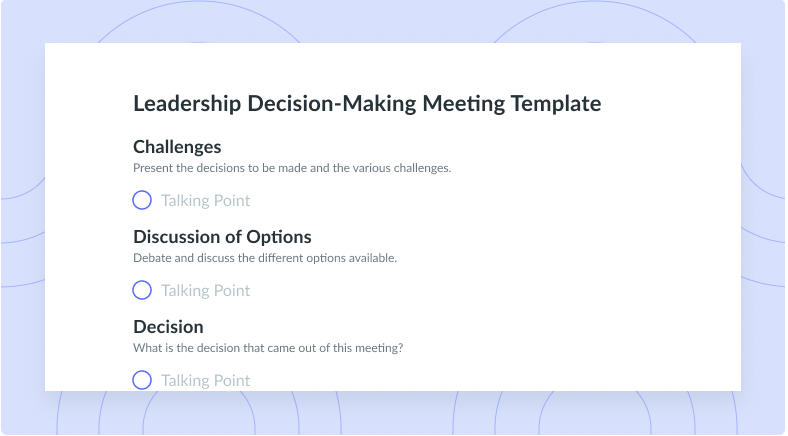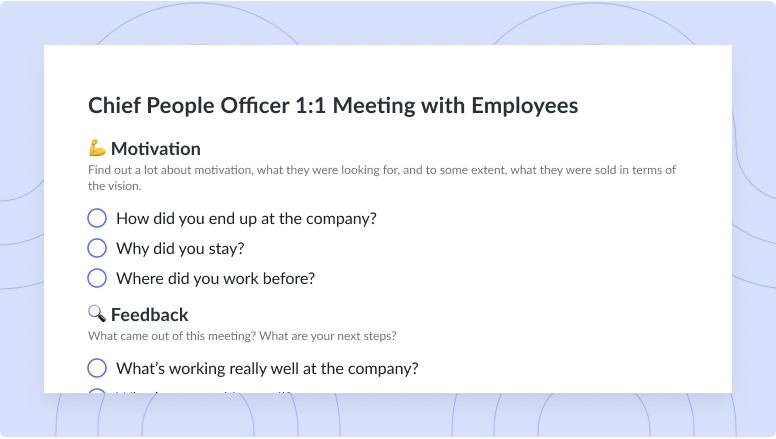Bruce Tulgan: How to Stay Aligned While Making Collaboration a Priority
Learn the ins and outs of instilling effective collaboration amongst your teammates.
Bruce Tulgan is the founder and CEO of RainmakerThinking, an organization that has helped hundreds of leaders at companies like American Express, AT&T, IBM, and Mercedes Benz build a culture of “strong leadership”.
Additionally, Bruce has authored over 20 books about management and leadership and has most recently published a book called The Art of Being Indispensable at Work. Listen to this episode (or read the transcript below) to learn about Bruce’s most recent book and gain insider insights about providing value at work.
1 Who has been your favorite or most memorable boss?
We have a chain of command in my family and it’s not me. My wife is the CEO of the family and she’s a really kind ruler. If I said anyone other than my wife, I’d be foolish. I’ve had my own business for 27 years, I worked as a lawyer before that for 428 days on Wall Street and everyone was my boss when I was there because I was just a kid but there was a guy named Jerome Caulfield who is actually still a partner, and he was probably the most developmental type of leader that I knew there.
He took the time to make my expectations clear and he would always follow up and give me ownership of my own tasks and responsibilities. I didn’t realize it at the time but when I look back, I realize that he was actually a really great leader for young lawyers.
2 Which book was your favorite to write?
Your new little baby is always your favorite so The Art of Being Indispensable at Work is my favorite child right now. I wrote the book because so many people were telling me that they’re desperately trying to make themselves valuable at work. If you’re really trying to make yourself valuable, you’re always fighting over commitment syndrome, so I really wanted to solve that riddle in the book.
3 What does it mean to align vertically before moving sideways or diagonal?
Mid-level leadership has been hollowed out and leaders have bigger and bigger spans of control. Everybody’s so busy and leaders in organizations of all shapes and sizes have tried to drive a huge collaboration revolution and we want people to get out of their silos and collaborate with their cross-functional colleagues. The big mantra of the collaboration revolution is to work things out at your own level. People tell me all the time that they struggle with sideways and diagonal relationships and oftentimes lines of authority aren’t clear within lateral relationships. One of the major things that our research shows is that the people who perform the best in those lateral relationships are the ones who first and foremost make sure that they are anchored to their chain of command.
I always tell people that the first person you have to manage every day is yourself, the second person you have to manage every day is your boss, and the third person you have to manage every day is anybody who goes home after work and talks about you. The people who are best at collaboration are the ones that are really firmly anchored to their chain of claim because they always know what their boss would say.
4 How should everyone approach alignment?
You want to make sure you have a regular ongoing one-on-one dialogue with your boss, and it all depends on the person and the work you’re doing. Make sure you set a one on one and focus on alignment. You want to make sure that your plans are both aligned and driving alignment and you can do this by asking questions and frequently identifying anything that may have changed.
5 What do you do when your direct report may not have anything to talk about?
It’s important that every direct report owns part of the dialog because it’s all about creating a partnership. As a leader, it’s your responsibility and obligation to make good use of your one-on-one time. My advice to managers is to always give their direct reports some type of ownership. I suggest getting your direct reports to provide you with a punch list before your meeting so make sure you’re giving them some type of responsibility while keeping the conversation valuable.
5 How can you add structure to unstructured communication?
One piece of advice I give everyone is to be a note-taker. It sends a message that you respect them
and their needs, and what they have to say, and it shows them how you operate and that you do your due diligence. It also sends a powerful message about how seriously you take these interactions.
6 How do you say no in an effective way that isn’t discouraging?
You can’t do everything for everybody, so the important thing is to do the right things for the right people, for the right reasons at the right time. As a leader, you have to encourage people to take initiative without being overwhelmed with all of their ideas and in that scenario it’s important to encourage people to keep an ideas notebook where they flesh out their best ideas. Getting people into the habit of putting their best ideas into a proposal really shows that you respect their idea, and it also demonstrates that there is always a deliberative process and that the answer will not always be yes.
7 What does learning in plain sight mean?
I’ve noticed that some people are surreptitious learners so they don’t want people to necessarily know what they don’t know and they want to learn below the radar so nobody knows they didn’t know. If you’re learning in plain sight, it indicates that you’re an active or systemic learner and you know the difference between knowing something and not knowing something. Smart people that are really knowledgeable recognize active learning as a sign of somebody who knows how to learn and smart people recognize knowledge or skill acquisition as the behaviour of a really smart person and it’s a very positive attribute to have.
8 Do you have any advice or words of wisdom for managers or leaders that are looking to get better at their craft?
There’s lots of free stuff on our website Rainmaker Thinking and I always recommend my own books. But if there was one piece of advice, I would give to anyone it would be that life and your career are both a work in progress and it’s important to keep trying to get better and to keep practicing being the person you want to become. You don’t have to be your best, but you have to try your best.




























